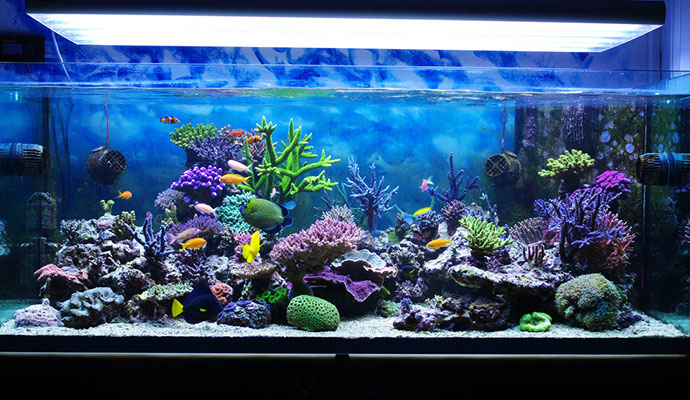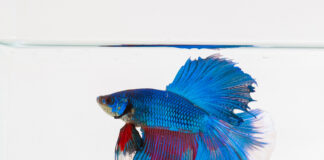When you want to learn how to acclimate fish to a new environment, you have to make sure that you don’t shock it. Then, ensure that the move to a new bowl or aquarium would be smooth for the fish to adapt faster than expected. If you do this in a wrong manner, the transition would only bring about trauma and injury. So, make sure that you transfer the fish using these three methods we have provided.
Quick Navigation
3 Ways to Acclimate a Fish in a New Environment:
Turning Off the Light Source of the Aquarium
Floating the Bag in the Water for About 15 Minutes
Cutting the Bag Open
Adding Water to the Bag Per 4 Minutes
Get Rid of the Half of the Water and Let the Bag Float Again
Put Water in the Tank Every 4 Minutes Again
Free the Fish into the Aquarium
Utilizing the Drip Method
You Must Prepare all of Your Supplies
Allow the Fish to Float Initially
Move the Water to the Bucket
Set Up the Siphon Drip
Get Rid of Half of the Water
Shift Your Fish to the Main Tank
Use a Quarantine Tank
Obtaining Your Tank
Setting Up a Filtration System
Adding a Heater
Fill the Tank With Water From Your Main Aquarium
Monitor Your Fish for 3 Weeks in the Quarantine Aquarium
Repeat the Floating Method
Conclusion
3 Ways to Acclimate a Fish in a New Environment:
Turning Off the Light Source of the Aquarium
First and foremost, you have to block the light source of the new home and dim the lights in your room. You have to do this before you get the fish out of the container because the fish is sensitive to light.
That way, it won’t get traumatized by the sudden lighting change. Once your fish adapts to the new tank, you have to restrict less when it comes to light.
Floating the Bag in the Water for About 15 Minutes
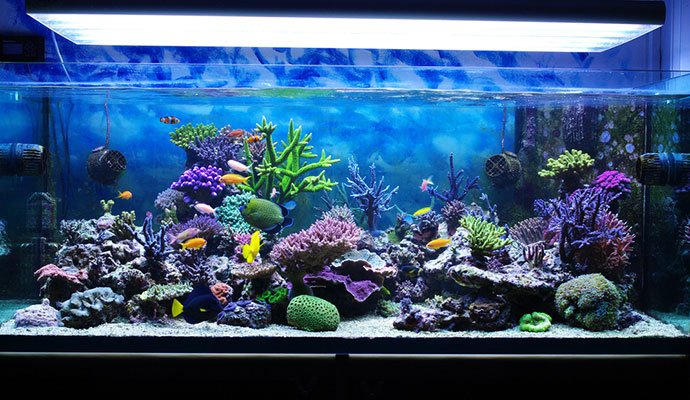
Your fish may most probably come in a plastic bag from the pet shop. But, if not, you may move the fish and the water to a plastic bag. Then, you need to tie the tip of the bag by using a rubber band to seal it.
It is vital that you seal the bag tightly because you want the fish to stay in the water for at least 15 minutes.
Cutting the Bag Open
You have to cut it below the rubber band or metal clip and keep the bag sealed. Next, ensure that you roll down the tips of the bag for around an inch. It will make an air pocket.
The pocket will enable the bag to float as you start putting water from the aquarium to the bag. However, if you want to acclimate a bigger and heavier fish, you have to put the bag in a floatable thing such as a Tupperware or a plastic container.
Adding Water to the Bag Per 4 Minutes
You have to obtain a measuring cup for this step. Then, place a half cup of the tank water to the plastic bag. Let the bag float for around 4 minutes. Once completed, you have to add another half cup of the water to the plastic container.
Get Rid of the Half of the Water and Let the Bag Float Again
Once the bag is already full, lift it out of the water carefully. Then, pour half of the water from the bag into the sink. Once you discard the water, you have to put the bag in the tank. Then, allow it to begin floating again.
Put Water in the Tank Every 4 Minutes Again
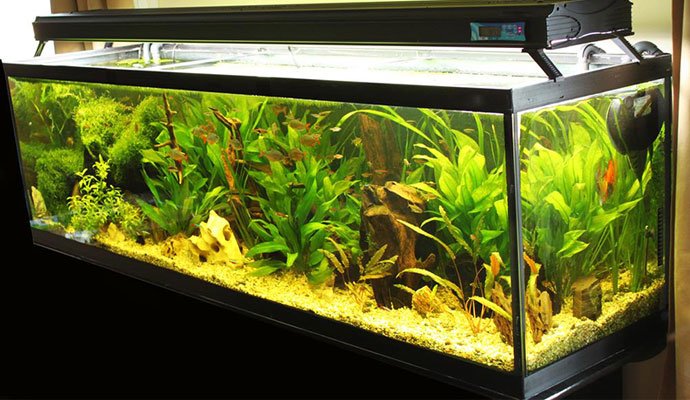
Once again, you have to repeat the same process. Add a half cup of water in the plastic container every 4 minutes. You have to keep placing water from the tank until it becomes full.
Then, vary the length. For a small bag, you may want to add a couple of half cups. For a large bag, you have to fill it four times or until it becomes full.
Free the Fish into the Aquarium
You should have a small net during this process. Then, dip the net into the plastic bag and put your fish in the net. Lift the fish out of the bag and put it into the aquarium gently.
Utilizing the Drip Method
You Must Prepare all of Your Supplies
For a sensitive fish, you have to use the drip method to acclimate it. With this technique, you have to set up the tubes from the main aquarium to the container. You will need to have 5 gallons of water for tank use. Then, you also need airline tubing.
Allow the Fish to Float Initially
Fill in the bucket with water and allow it to be halfway full. You have, to begin with floating the fish to let it adapt to the buckets.
Move the Water to the Bucket
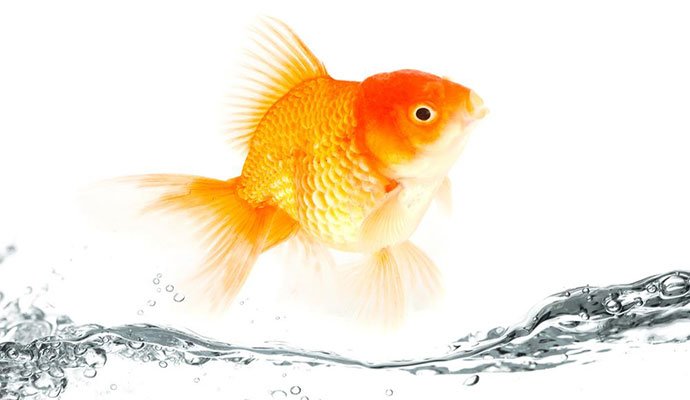
You have to lift up the bag slowly. Then, place the contents of the bag, including the water and the fish. Moreover, you have to angle the bag 45 degrees when you pour the fish and water. It will keep the fish sink into the water as you transfer it.
Set Up the Siphon Drip
You have to put one end of the tube in the tank. Then, you have to tie a few loose knots in the airline tube. It will control the flow of air and water. But, you want to maintain a rate of at least four drops each second.
Get Rid of Half of the Water
Once the water in the bucket starts to double, you have to discard half of it. But, take note that it may take an hour, so you must be patient. You may try to scoop the water out using a small bucket or cup to prevent dumping the fish.
Shift Your Fish to the Main Tank
Use a plastic bag to scoop out your fish slowly. Place the contents of the container into the primary tank gently. You should never expose air to the other species of fish.
Remember that clams, sponges, and gorgonians cannot get their hold in the air. So, be careful when you transfer such species.
Use a Quarantine Tank
Obtaining Your Tank
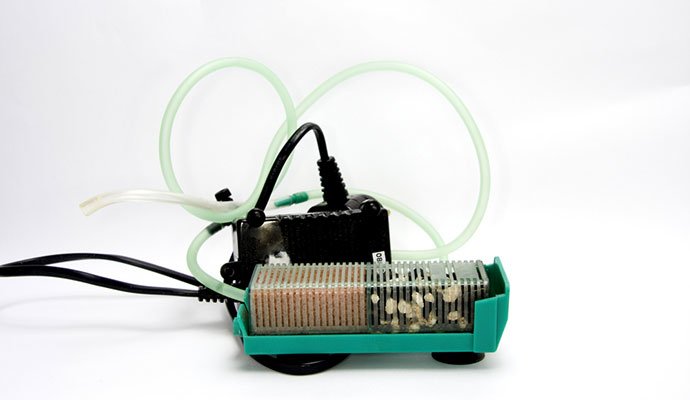
A quarantine aquarium is crucial when you want to keep your fish away from the reservoir. Experts highly suggest using this quarantine tank before you acclimate the fish to the new aquarium.
If the fish is sick, avoid spreading the infection in the reservoir, so buy another tank to use for the quarantine.
Setting Up a Filtration System
With your regular tank, your quarantine aquarium should have a filtration system. It will keep your fish healthy and safe during the quarantine stage.
Adding a Heater
The heater will keep a safe temperature of the water for your fish. Furthermore, you have to obtain a thermometer to monitor the temperature of the water. You have to make sure that you regulate the temperature before moving the fish to the tank.
Fill the Tank With Water From Your Main Aquarium
The quarantine aquarium will be the same as your primary tank. Once the fish is ready for transfer, then you have to make the transition smooth as possible.
Monitor Your Fish for 3 Weeks in the Quarantine Aquarium
You have to observe the fish during this period carefully. Before you introduce the fish to the new environment, you have to ensure that it does not have any illness. It could spread in the tank quickly.
Repeat the Floating Method
When you transfer the fish to the regular tank, you have to do the same process again with the floating method.
Conclusion
All of the methods suggested above are useful and efficient when it comes to acclimating the fish to a new aquatic environment. All of them are practical and convenient for fish owners.
With all of these to consider to acclimate the fish, it is vital that you consider the transition to be smooth and safe for your fish. Also, having your new fish in its new environment will bring happiness to you that you never expected.
>>> Read More:
